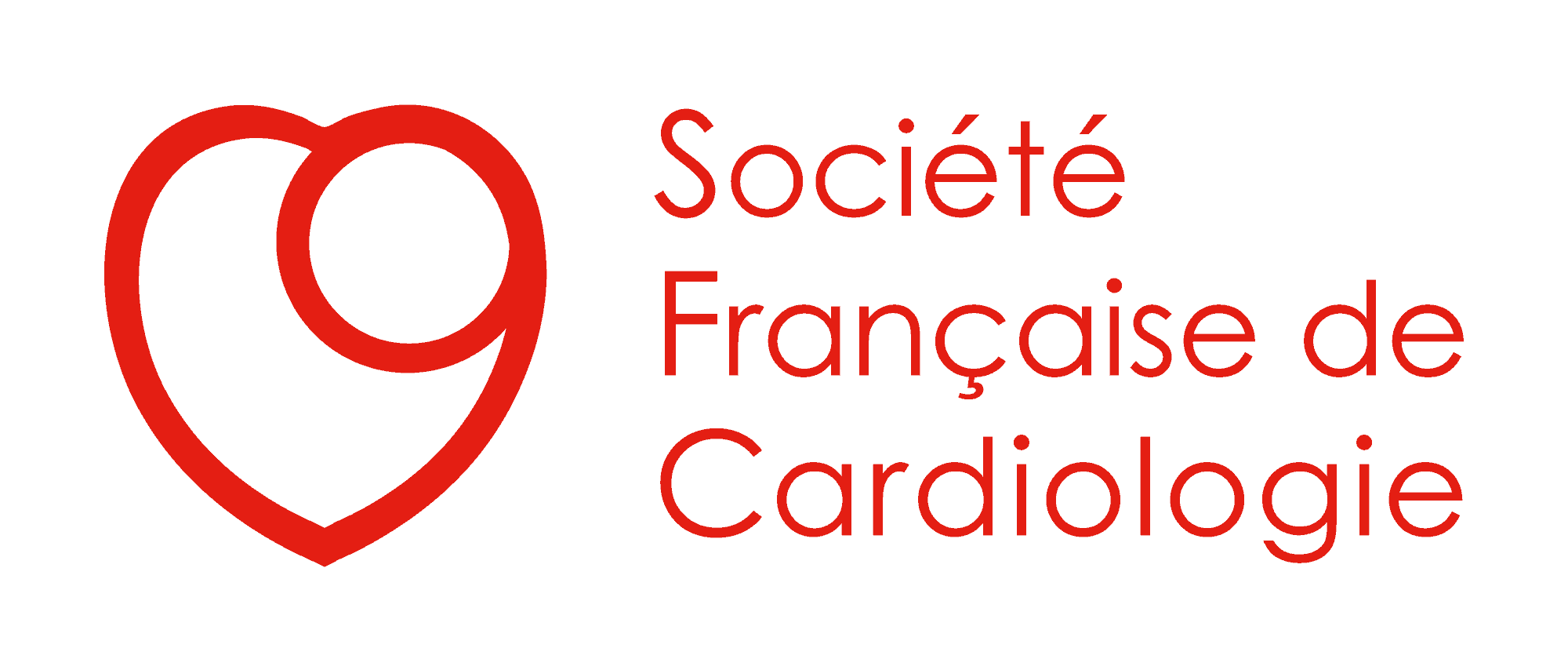Suivez-nous sur les réseaux sociaux !
Retrouvez les articles immanquables des Archives of Cardiovascular Diseases, revue scientifique mensuelle en anglais de notoriété internationale.
Voici un aperçu rapide des sujets abordés dans cette publication :
Dernières publications
Publications
Aortic valve stenosis in familial hypercholesterolaemic: Should we systematically screen?
Voici un aperçu rapide des sujets abordés dans cette publication :
Archives of Cardiovascular Diseases | Article du mois – Mai 2023
Juliette Lutun, Ariel Cohen, Hélene Eltchaninoff, Franck Boccara
Extract
Familial hypercholesterolaemia is an autosomal-dominant disorder characterized by abnormally high low-density lipoprotein concentrations since intra-utero life. It is caused by a mutation in the low-density lipoprotein receptor (in 80% of cases), apolipoprotein B and proprotein convertase subtilisin/kexin type 9 (PCSK9) genes. Familial hypercholesterolaemia affects about 30 million subjects worldwide. Two forms exist: the homozygous form (HoFH) is characterized by having two mutated alleles and the heterozygous form (HeFH) by having one mutated allele. HoFH has a prevalence of approximately 1 in a million, and carries a much worse prognosis than HeFH, which has a prevalence of 1 in 300.
Detecting and treating familial hypercholesterolaemia as early as possible is essential to prevent the development of cardiovascular atherosclerotic disease, especially coronary artery disease. Therapy includes dietary modification, medication (statins, ezetimibe, PCSK9 inhibitors) and lipid apheresis. Besides coronary artery disease, aortic valve stenosis is also more prevalent among people with versus those without familial hypercholesterolaemia.
Partagez cet article :
Partagez cet article :
Written by : SFC
Plus de publications de la SFC

INTELLIGENCE ARTIFICIELLE New Threshold for Defining Mild Aortic Stenosis Derived From Velocity-Encoded MRI in [...]

CARDIOLOGIE PÉDIATRIQUE The Cardiovascular Care of the Pediatric Athlete | Lire l'article JACC CARDIO-ONCOLOGIE [...]




